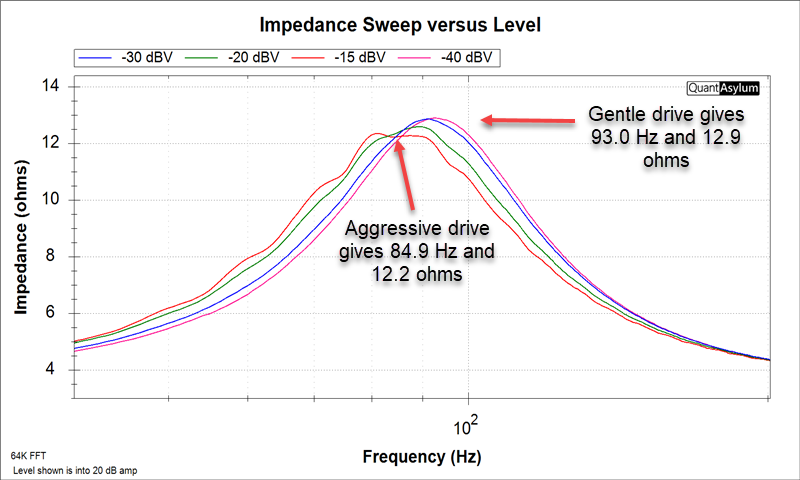D
Deleted member 490
Guest
Cool! Even though that wouldn't replicate the frequency shift on resonances which happens along with the temperature increase, I guess.However, the effect can be modeled to a very good approximation by adding a series resistance, the value of which is adjusted depending on the modeled operating temperature and the TCR of the voice coil conductor (copper or aluminum)




